
Tax Challenges Solutions under the VIE Structure How Much Do You Know?
Tax Challenges and Response Strategies under the VIE Structure How Much Do You Know?
In the context of globalization and rapid digital economic development, more and more Chinese companies are choosing to raise capital and go public overseas through the Variable Interest Entities VIE structure. This framework enables enterprises to conduct cross-border capital operations without violating domestic regulatory restrictions, while also presenting numerous tax challenges. What tax issues do companies face under the VIE structure, and how can they develop effective response strategies?

I. Basic Principles of the VIE Structure and Its Tax Implications
The VIE structure, also known as a contractual control structure, enables control over an operating entity through contractual arrangements rather than equity ownership. It is commonly used in foreign-invested restricted sectors such as China's internet and education industries. Under this structure, an overseas listed company establishes offshore entities-such as a Cayman Islands holding company and a Wholly Foreign-Owned Enterprise WFOE in China-and signs a series of agreements with the domestic operating entity to achieve control and profit transfer.
While this structure offers advantages in terms of regulatory compliance and financing convenience, it introduces significant tax complexity. As profits are transferred from the domestic entity to offshore through contractual arrangements, various tax issues arise, including cross-border payments, transfer pricing, and withholding tax.
II. Major Tax Challenges under the VIE Structure
1. Tax Risks from Cross-Border Profit Transfers
In the VIE structure, profits are typically transferred from the domestic operating entity to offshore via service fees, technology licensing fees, or other contractual payments. These arrangements often attract scrutiny from tax authorities. With the OECD-led Global Minimum Tax Agreement coming into full effect in 2025, requiring multinational enterprises to pay at least 15% corporate income tax in each jurisdiction where they operate, compliance costs and tax planning complexity for Chinese VIE-based companies have significantly increased.
2. Prominent Transfer Pricing Issues
Transactions between the WFOE and the domestic operating entity are often related-party transactions, involving intellectual property licensing, management services, and technology transfers. Whether these transactions are priced fairly and in line with the arm’s length principle is a key focus for tax authorities. Unreasonable pricing may lead to transfer pricing adjustments and back taxes. For example, in early 2025, a well-known tech company was required to pay several hundred million yuan in back taxes and penalties due to non-transparent pricing in related-party transactions.
3. Increased Withholding Tax Burden
Under Chinese tax law, non-resident enterprises receiving dividends, interest, or royalty income from China are subject to withholding tax. In a VIE structure, income received by offshore entities through contractual arrangements may be classified as royalties, triggering a 10% withholding tax. Without proper structuring of payment flows, companies may face increased tax burdens.
4. Heightened Anti-Tax Evasion Enforcement
In recent years, Chinese tax authorities have intensified supervision of cross-border transactions, particularly profit shifting under VIE structures. In 2025, the State Taxation Administration issued a notice requiring local tax authorities to strengthen tax audits on VIE-structured enterprises and enhance transparency of related-party transaction information. This means companies that fail to plan ahead face higher compliance risks.
III. Tax Response Strategies under the VIE Structure
To address these challenges, companies adopting the VIE structure must develop systematic strategies from the perspectives of tax compliance and risk prevention.
1. Strengthen Transfer Pricing Management
Companies should establish a comprehensive transfer pricing documentation system, including local files, master files, and country-by-country reports, to ensure that related-party pricing aligns with the arm’s length principle. Applying for an Advance Pricing Arrangement APA with tax authorities can help establish pricing mechanisms in advance and reduce the risk of future adjustments.
2. Optimize Cross-Border Payment Structures
By carefully designing service agreements and payment structures between WFOEs and domestic entities, companies can reduce the frequency and amount of cross-border payments, thereby lowering withholding tax burdens. For instance, converting certain payments into consulting or management fees and leveraging local tax incentives can help optimize the tax outcome.
3. Monitor Global Tax Developments and Plan Proactively
As the BEPS Base Erosion and Profit Shifting Action Plan progresses and global minimum tax rules take effect, companies must closely monitor international tax policy changes and adjust their structural designs and profit distribution strategies accordingly. For companies planning overseas listings, the stability and compliance of tax structures have become key concerns for investors.
4. Enhance Tax Compliance and Disclosure
In an environment of increasing tax scrutiny, companies should actively cooperate with tax authorities, improve tax reporting, and enhance information disclosure. Establishing a robust tax compliance system can enhance transparency and credibility in capital markets.
5. Engage Professional Tax Advisory Teams
Given the complexity of tax issues in VIE structures, companies should engage international tax advisory teams early in the process to assist in tax planning, handle audits, and participate in major cross-border restructuring decisions. The involvement of professionals not only supports risk control but also helps companies secure more favorable tax treatment.
IV. Conclusion
As an important tool for Chinese enterprises to go global, the VIE structure comes with significant tax implications. Under the dual pressures of tightening global tax regulation and intensified domestic tax audits, companies must strengthen tax compliance awareness and scientifically plan their tax structures to ensure stable cross-border capital operations. Understanding and addressing the tax challenges of the VIE structure is not only the responsibility of finance teams but also a strategic priority for company leadership.
Helpful (0)
No help (0)
Still have questions after reading? More than 98,000 users have contacted us. Please fill in the following information to obtain business information.

Previous Article
Efficient Singapore Company Registration Key Steps to Launch Your Business Journey
Aug 01, 2025Next Article
Setting Up a Company in Singapore New Opportunities for Mainland Entrepreneurs!
Aug 01, 2025Service Scope
MoreRecommended for You
- How to Start a Company in Singapore? A Step-by-Step Guide to Registration and Launching Your Overseas Business with Ease
- Thinking of going global? Starting with a Singapore company registration is actually easy
- Why Do Companies Need Banks to File ODI When Going Global?
- How to File Taxes for an Offshore Company in Singapore? A Clear Guide to Key Points and Practical Tips
- Registering a Company in Singapore A Great Way to Unlock Global Business Opportunities
- How Can Dongguan Companies Smoothly Register a Company in Singapore? A Step-by-Step Guide with Key Details You Need to Know!
- Thinking of starting a company in Singapore? Here are the registration requirements you should know first
- What Documents Do Singaporeans Need to Register a Company? All You Need to Know in One Article
- How Much Does It Cost to Register a Company in Singapore? A Clear Breakdown of Fees and What You’re Really Paying For
- How to Set Up a Company in Singapore Step by Step A Beginner’s Guide to Launching Your Global Startup Journey
- A Deep Dive into Setting Up a Subsidiary in Singapore - Your Smooth Path to Going Global
- Before Taking on a Singapore Audit Project, Here Are Key Points You Need to Know!
- A Complete Guide to Starting a Business in Singapore Step-by-Step Help to Earn Your First Fortune
- Why DBS Bank from Singapore is the Darling of the Global Finance World
- Get the Inside Scoop on Singapore Company Audits What You Need to Know About ACRA Reviews
- Do You Really Know How to Name a Company in Singapore? Must-Know Tips Inside!
- How to Start a Company in Singapore? A Step-by-Step Guide to Registration Requirements and Process!
- How Much Does It Cost to File Taxes for a Singapore Company? Everything You Need to Know - Are You Ready?
- Don't Panic! Missed Your Singapore Company's Annual Filing? Here’s How to Fix It Easily
- How Much Does It Cost to Register an Offshore Company in Singapore? A Complete Guide to the Process


 ONE
ONE
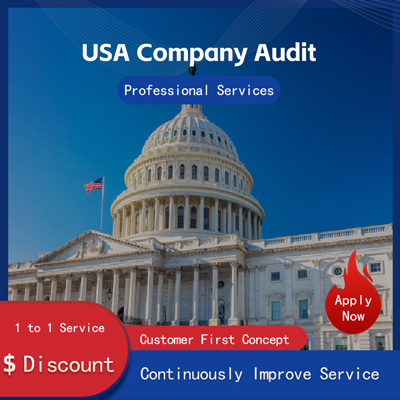
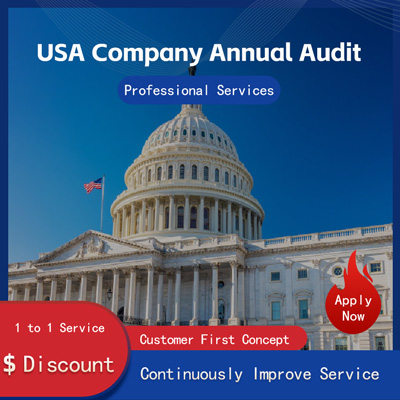



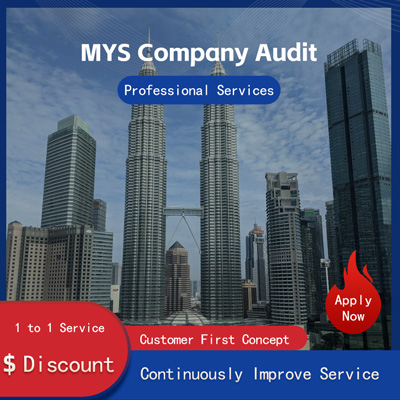
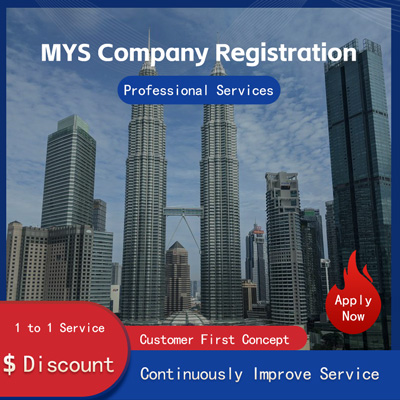
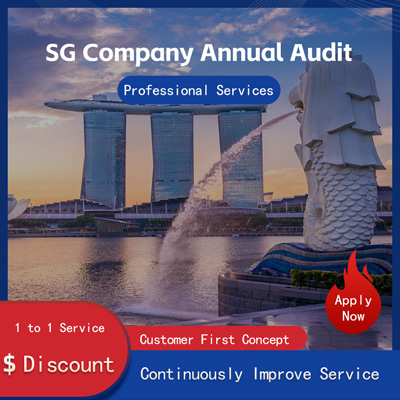
Customer Reviews
Small *** Table
December 12, 2024The experience was very good. I was still struggling to compare it with other companies. I went to the site a few days ago and wanted to implement it as soon as possible. I didn't expect that everything exceeded my expectations. The company is very large, with several hundred square meters. The employees are also dedicated and responsible. There is also a wall of certificates. I placed an order on the spot. It turned out that I did not make a wrong choice. The company's service attitude is very good and professional. The person who contacted me explained various things in detail in advance. After placing the order, the follow-up was also very timely, and they took the initiative to report the progress to me. In short, I am very satisfied and recommend this company!
Lin *** e
December 18, 2024When I first consulted customer service, they recommended an agent to me. They were very professional and patient and provided excellent service. They answered my questions as they came in. This 2-to-1 service model is very thoughtful. I had a lot of questions that I didn’t understand, and it’s not easy to register a company in Hong Kong. Fortunately, I have you.
t *** 7
December 19, 2024I originally thought that they only did mainland business, but I didn’t expect that they had been doing Hong Kong business and were doing very well. After the on-site interview, I decided to ask them to arrange the registration of my Hong Kong company. They helped me complete it very quickly and provided all the necessary information. The efficiency was awesome. It turns out that professional things should be done by professionals.👍
b *** 5
December 16, 2024In order to register a company in Hong Kong, I compared many platforms and stores and finally chose this store. The merchant said that they have been operating offline for more than 10 years and are indeed an old team of corporate services. The efficiency is first-class, and the customer service is also very professional.